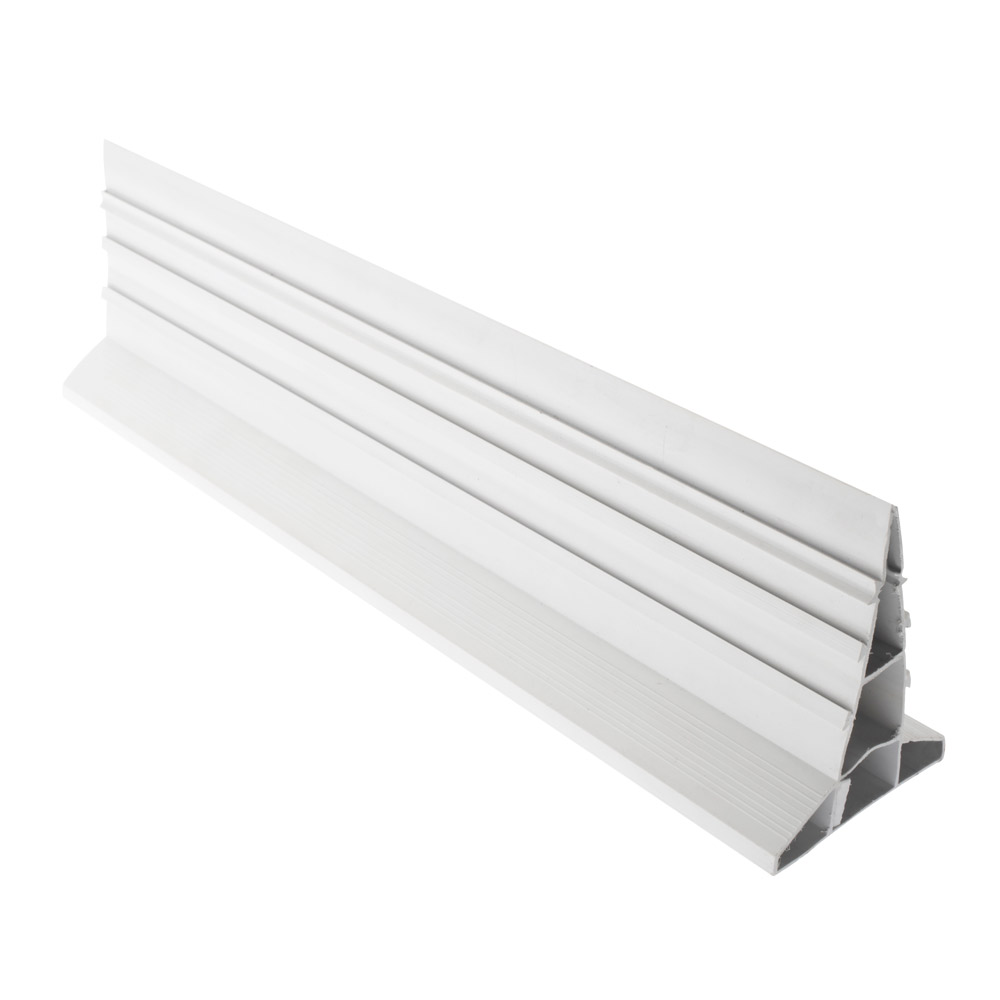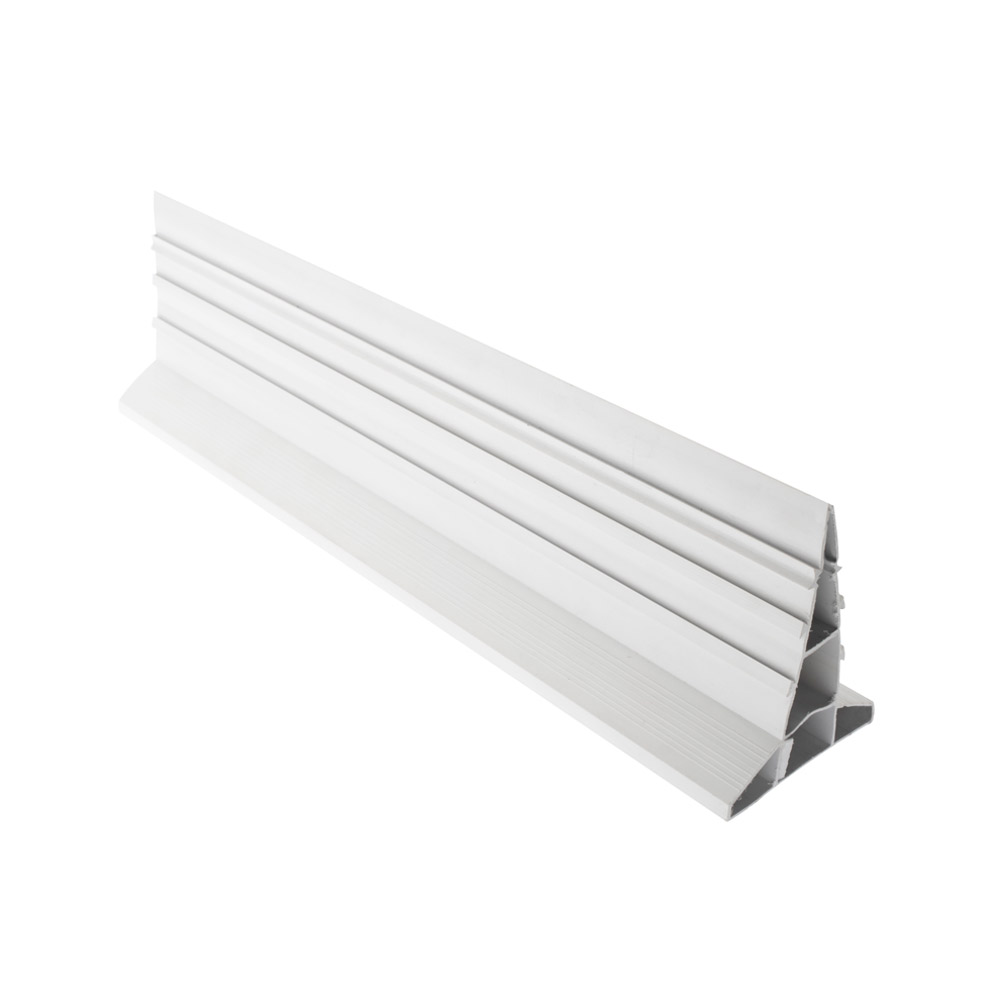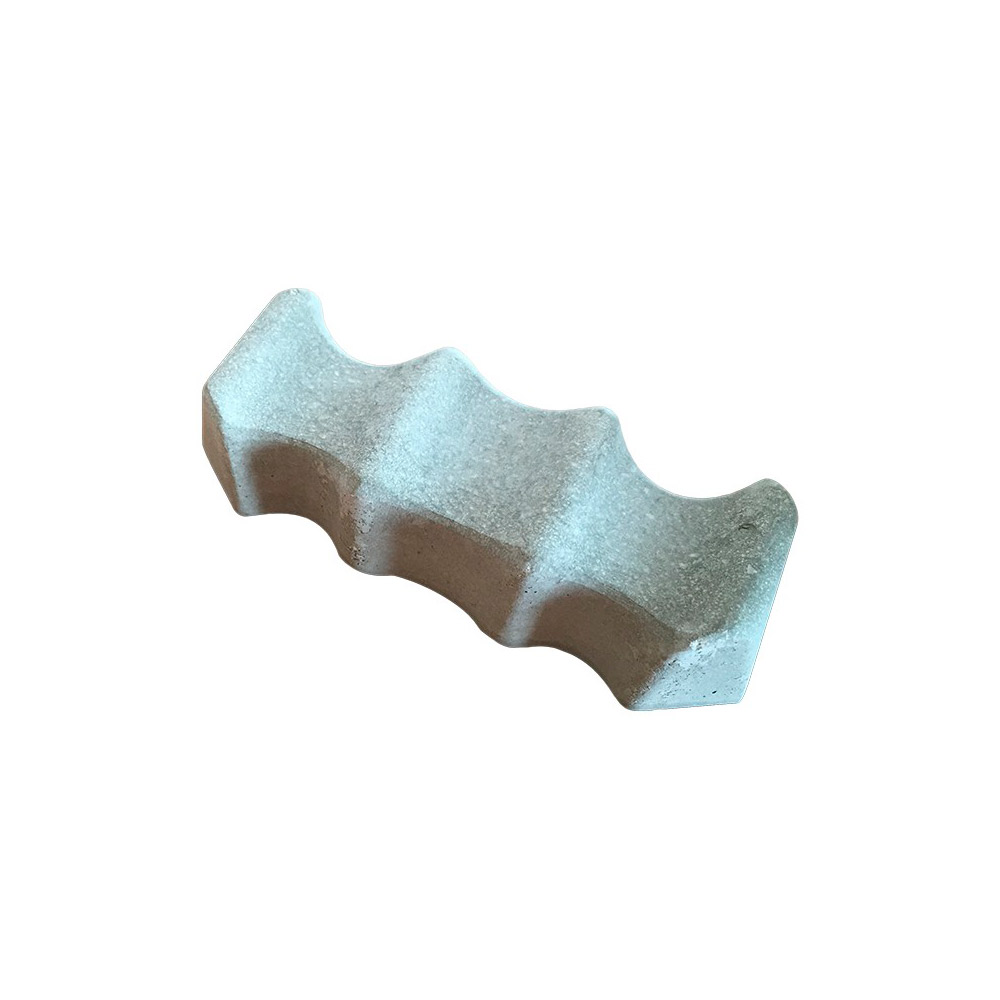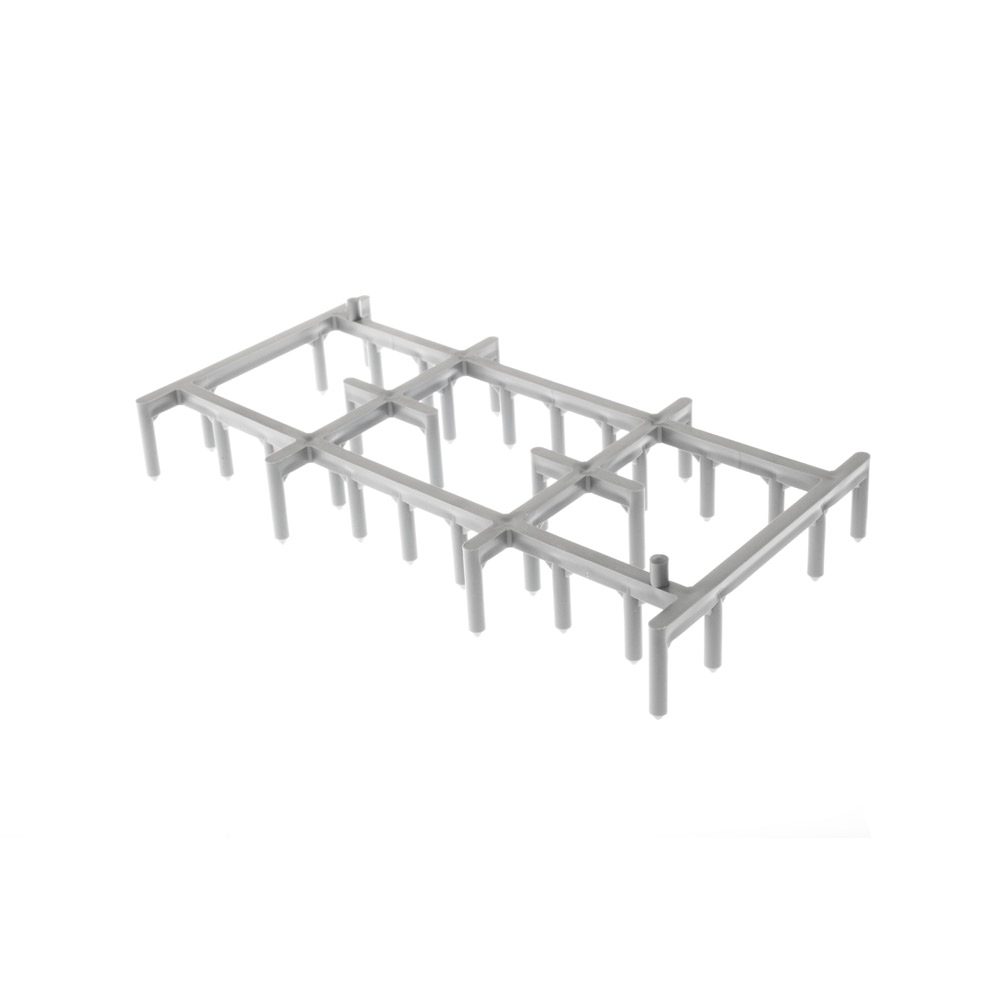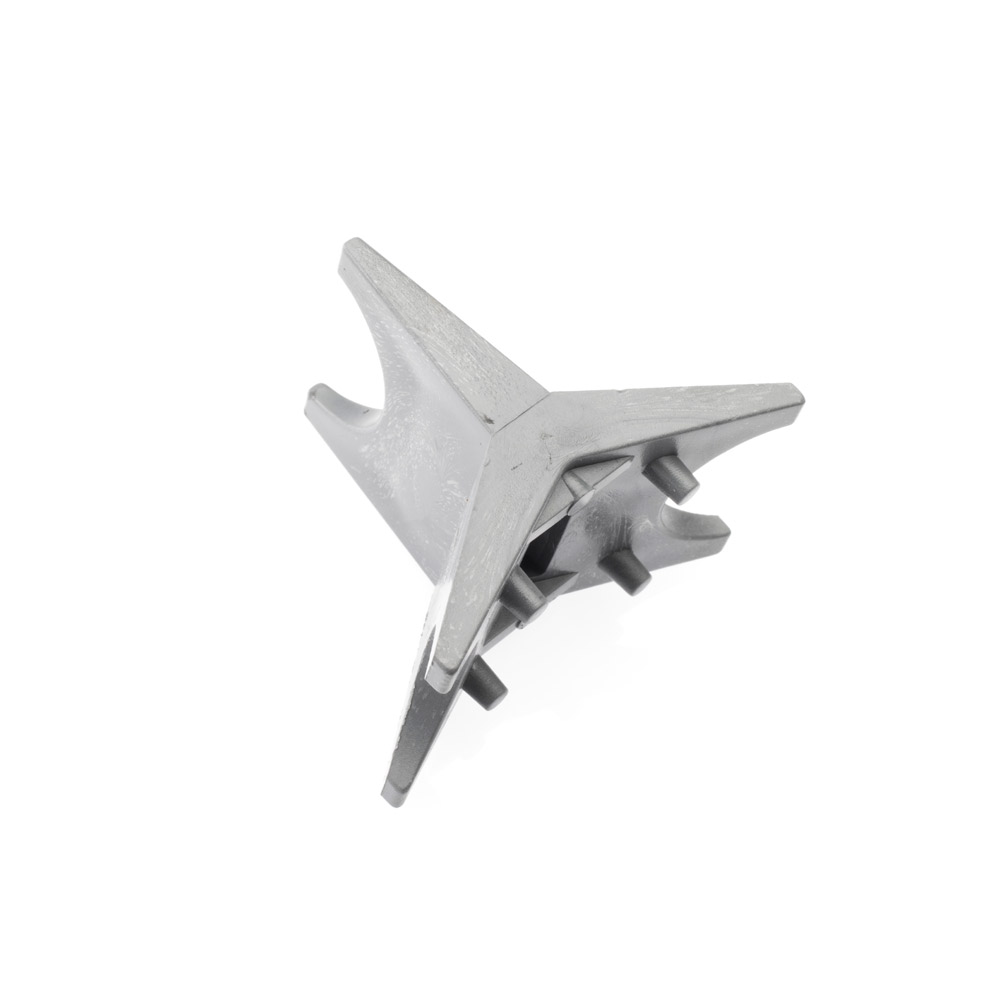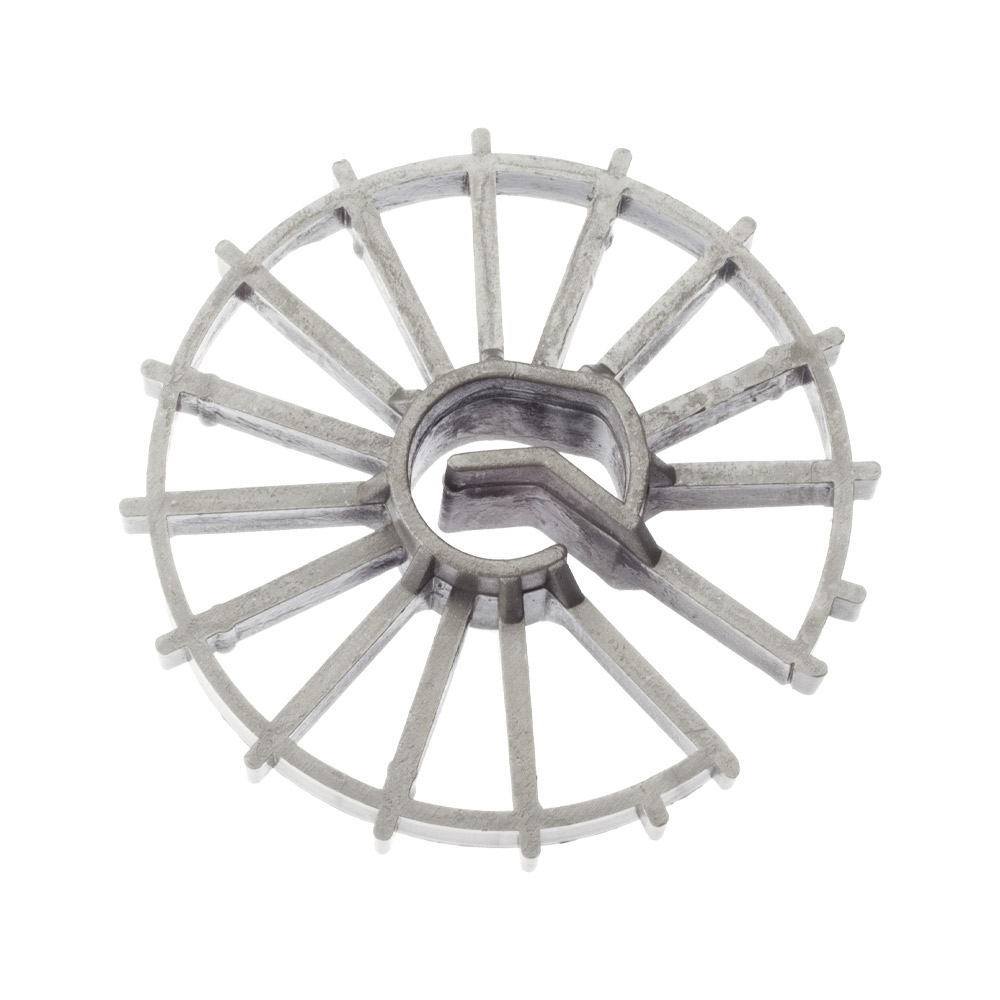Description:
Expansion joints are hollow, rectilinear, triangular section profiles with a wide base to ensure stability during installation. Their outer walls are grooved to ensure excellent adhesion to the concrete. This configuration allows them to serve several fundamental purposes in construction and paving. They are used in a variety of environments, from roads and walkways to buildings and industrial floors.
Bullet points:
- It serves as a separation joint to divide large areas of concrete into smaller sections, reducing the risk of cracks and fissures.
- Absorbs the natural expansions and contractions of concrete, preventing deformations and cracks due to thermal changes or structural movements.
- The hollow interior of the joints allows the passage of electrical cables or other conduits, which facilitates the electrical installation in the concrete.
- It acts simultaneously as a formwork for sections and as a screed to ensure an even and level surface during concrete placement.
- Durability and resistance.
- Prevention of cracks and fissures
These points highlight the versatility, functionality and benefits of expansion joints in construction and paving, contributing to the durability, stability and quality of concrete surfaces in a wide range of applications.
